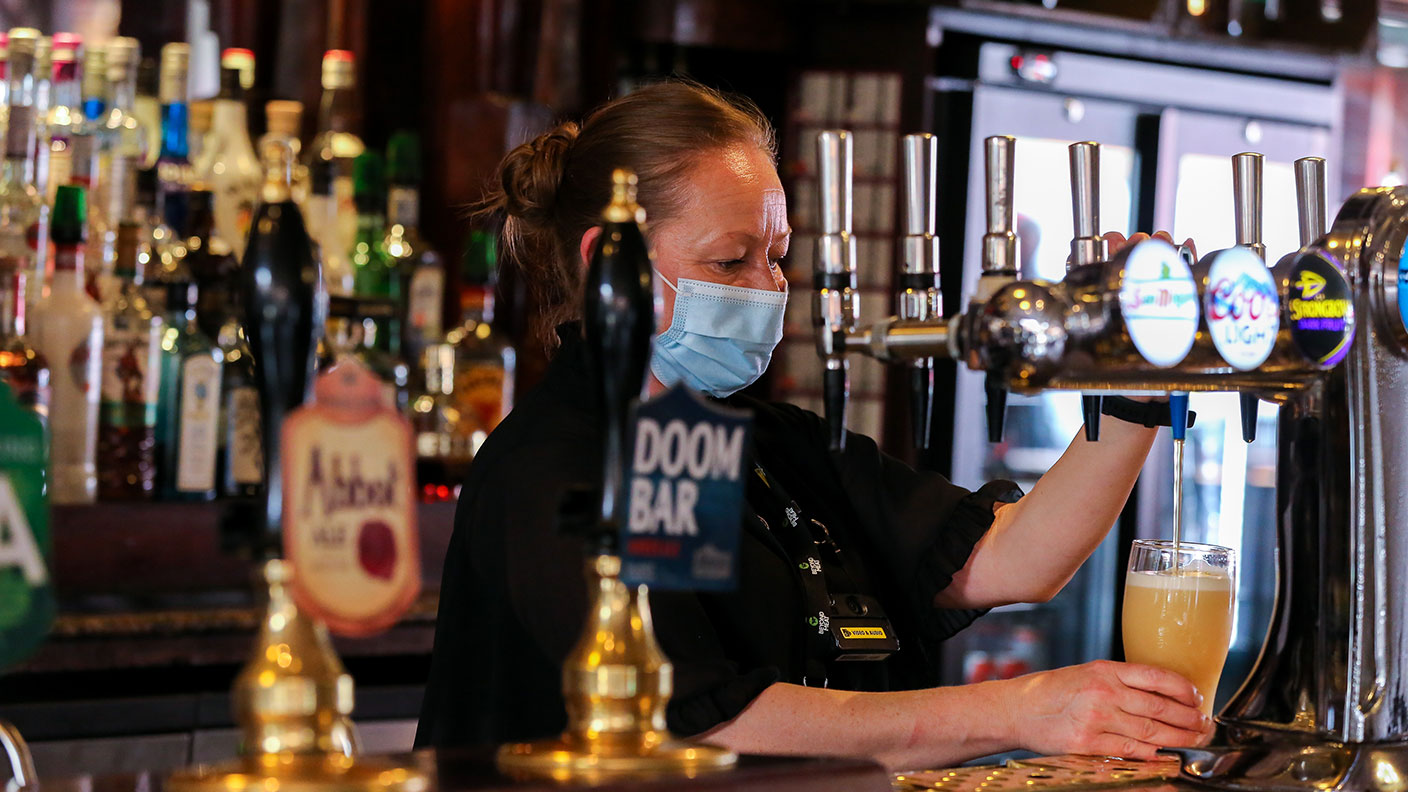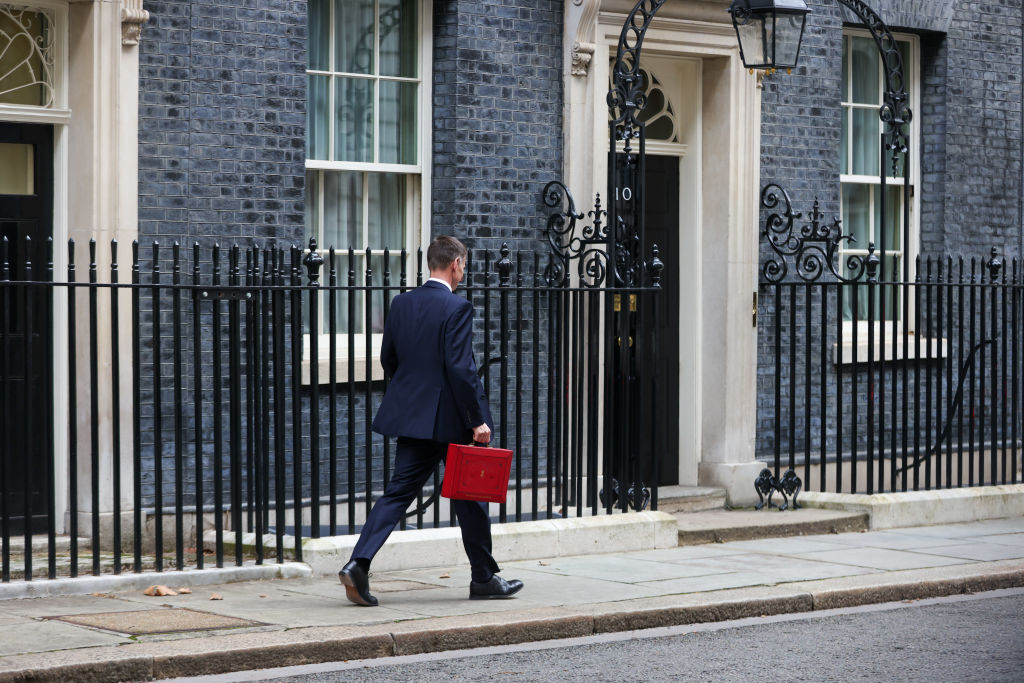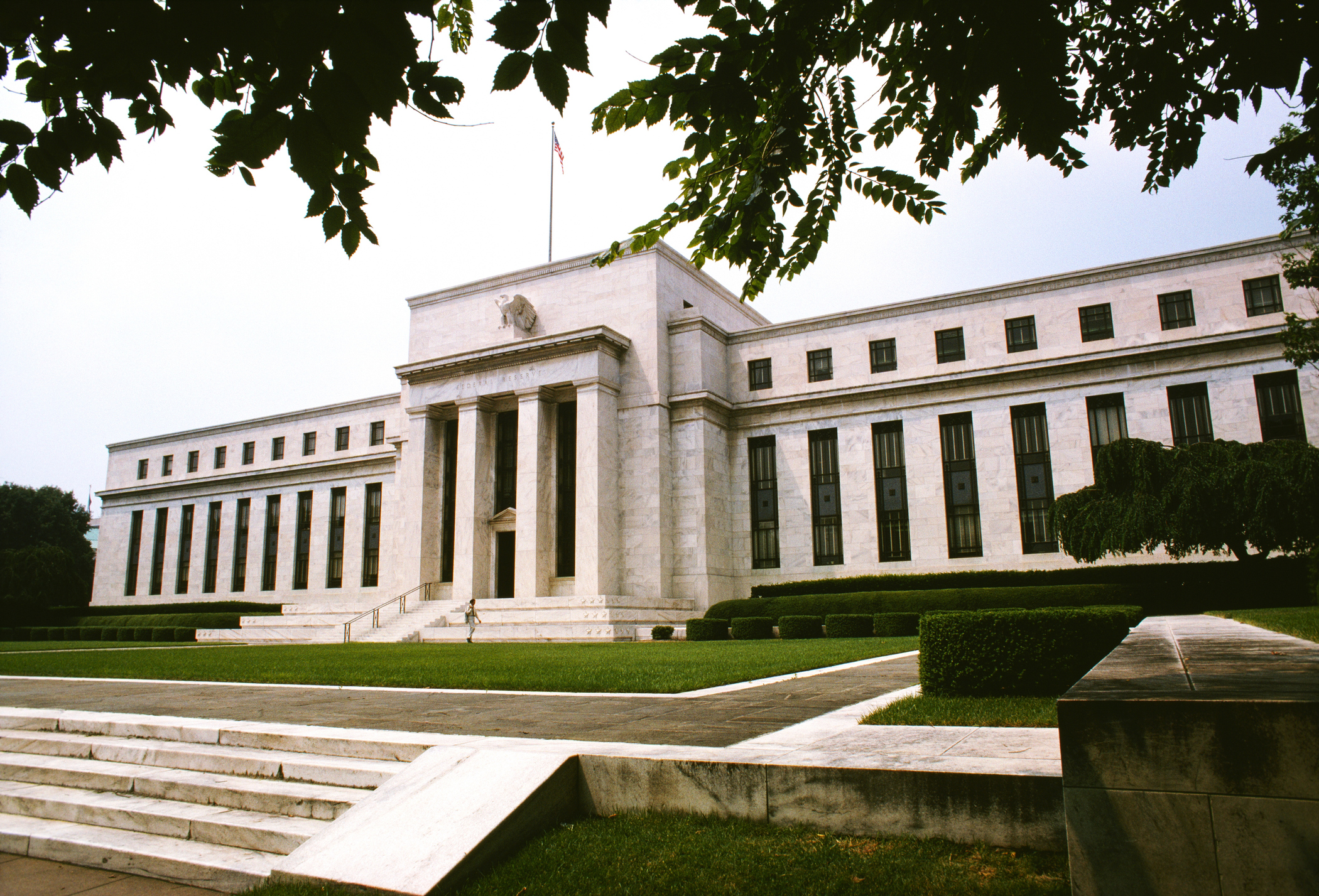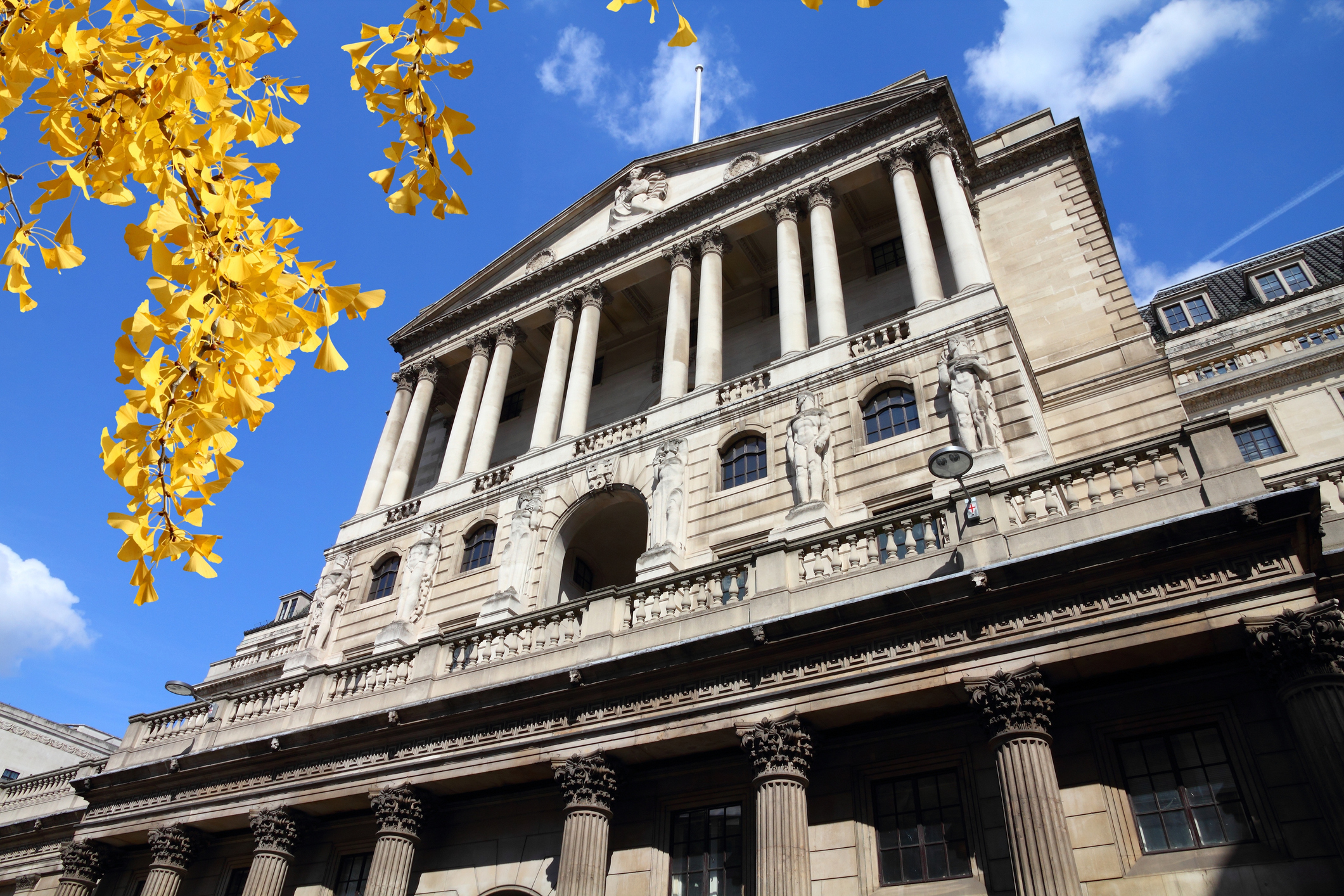Furlough is ending – will unemployment spike?
The UK's Covid furlough scheme has drawn to a close. Saloni Sardana looks at how it might affect the economy.


Around one million Britons are expected to feel the pinch on their finances as the government’s furlough package came to an end yesterday.
The scheme – also known as the coronavirus job retention scheme – was unveiled on 20 March last year after Covid-19 ravaged many parts of the UK economy.
What was the furlough scheme?
Since the furlough scheme was introduced, it is believed to have helped around 11.6 million people. Now that it has come to an end, the jobs of one million people on furlough at the end of September are in question.
MoneyWeek
Subscribe to MoneyWeek today and get your first six magazine issues absolutely FREE

Sign up to Money Morning
Don't miss the latest investment and personal finances news, market analysis, plus money-saving tips with our free twice-daily newsletter
Don't miss the latest investment and personal finances news, market analysis, plus money-saving tips with our free twice-daily newsletter
The scheme, which has so far has cost the taxpayer around £70bn, promised furloughed workers 80% of their wages up to £2,500, for the hours they cannot work.
As of July this year, employers had to contribute 10% for hours their staff do not work, increasing to 20% in August and September.
At the depths of the coronavirus crisis last year, more than 9.5 million people were on furlough. As a result, unemployment stood at just 4.6% in the three months to July, its lowest in 42 years.
While the scheme put a cap on widespread unemployment, its high cost, among other things, has made it controversial.
How damaging will the end of furlough be?
Commentators are divided as to what the end of furlough means for the UK economy. As AJ Bell’s financial analyst, Danni Hewson, points out, a true picture of the UK economy may only come to light now that furlough is coming to an end. “Furlough was a lifeline to many, but it acted like a curtain, hiding the real jobs picture. Now the curtain is being drawn back no one really knows how all the pieces of the jobs jigsaw will fit together.”
One of the reasons the Bank of England has held off raising interest rates despite higher inflation is the uncertainty over what the end of furlough may mean for the economy.
Andrew Bailey, the Bank of England’s governor, said that it was a “big puzzle” to see how there can be such a high level of vacancies, even though 1.6 million people are estimated to have been furloughed by July.
This may be because “employers have been hoarding labour, because they still expect demand to recover,” says the Financial Times.
Samuel Tombs of Pantheon Macroeconomics thinks many could still be “underemployed” if their employers give them their old jobs back, albeit at shorter hours.
But Julian Jessop, an economist and a fellow at the Institute of Economic Affairs, a think-tank, says some of the fears related to the end of the furlough scheme may be overdone: “There may be a short term bump in unemployment, but I think the level of unemployment will be a lot lower than many people feared at the beginning of the year,” he said.
While the tourism and airlines industry may still be exposed to bouts of uncertainty, he said, most of the currently furloughed workers are partially rather than fully furloughed.
This is also the view of the Resolution Foundation, another think tank, which concluded in its recent report that there are two main reasons one shouldn’t assume that many people will necessarily lose jobs once furlough ends.
First is that employers have been paying contributions towards wages for three months now. “This ‘skin in the game’ suggests that they will not be making all of their fully-furloughed staff redundant when the scheme ends, even if they had not yet done so by early September,” Resolution Foundation said.
Second is that the risk is much lower for those who are on partial furlough.
Will it affect investors?
There is no reason to panic just yet. Policymakers are likely to hold off any tightening of monetary policy until the true effect of lifting furlough is known and ultimately how the unemployment rate fares in coming months.
UK unemployment is expected to rise to 5.2% according to HM Treasury estimates.
And, as Jessop points out, many sectors of the economy have already rebounded sharply following the easing of Covid-19 restrictions, so it’s unlikely investors need to worry. But perhaps be cautious about hospitality sector stocks.
Get the latest financial news, insights and expert analysis from our award-winning MoneyWeek team, to help you understand what really matters when it comes to your finances.
Saloni is a web writer for MoneyWeek focusing on personal finance and global financial markets. Her work has appeared in FTAdviser (part of the Financial Times), Business Insider and City A.M, among other publications. She holds a masters in international journalism from City, University of London.
Follow her on Twitter at @sardana_saloni
-
 UK wages grow at a record pace
UK wages grow at a record paceThe latest UK wages data will add pressure on the BoE to push interest rates even higher.
-
 Trapped in a time of zombie government
Trapped in a time of zombie governmentIt’s not just companies that are eking out an existence, says Max King. The state is in the twilight zone too.
-
 America is in deep denial over debt
America is in deep denial over debtThe downgrade in America’s credit rating was much criticised by the US government, says Alex Rankine. But was it a long time coming?
-
 UK economy avoids stagnation with surprise growth
UK economy avoids stagnation with surprise growthGross domestic product increased by 0.2% in the second quarter and by 0.5% in June
-
 Bank of England raises interest rates to 5.25%
Bank of England raises interest rates to 5.25%The Bank has hiked rates from 5% to 5.25%, marking the 14th increase in a row. We explain what it means for savers and homeowners - and whether more rate rises are on the horizon
-
 UK inflation remains at 8.7% ‒ what it means for your money
UK inflation remains at 8.7% ‒ what it means for your moneyInflation was unmoved at 8.7% in the 12 months to May. What does this ‘sticky’ rate of inflation mean for your money?
-
 Would a food price cap actually work?
Would a food price cap actually work?Analysis The government is discussing plans to cap the prices of essentials. But could this intervention do more harm than good?
-
 Is my pay keeping up with inflation?
Is my pay keeping up with inflation?Analysis High inflation means take home pay is being eroded in real terms. An online calculator reveals the pay rise you need to match the rising cost of living - and how much worse off you are without it.


